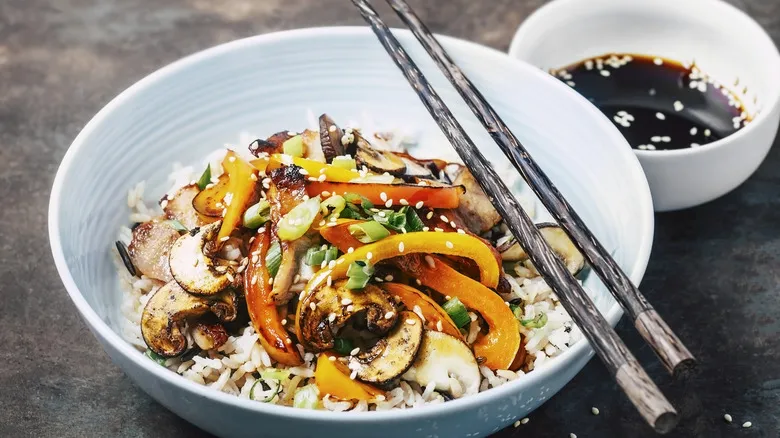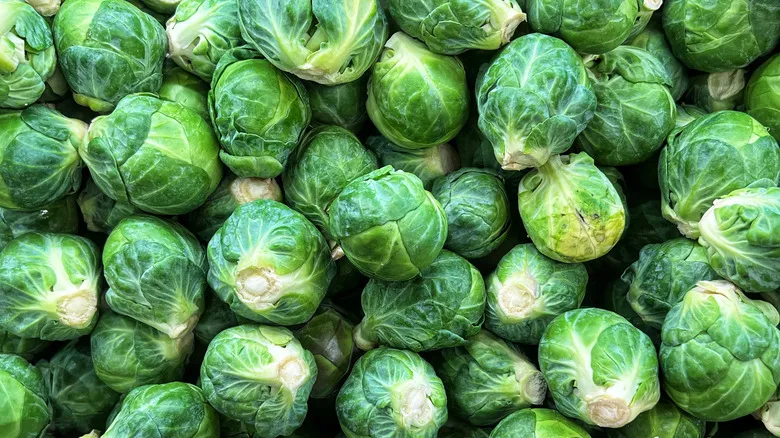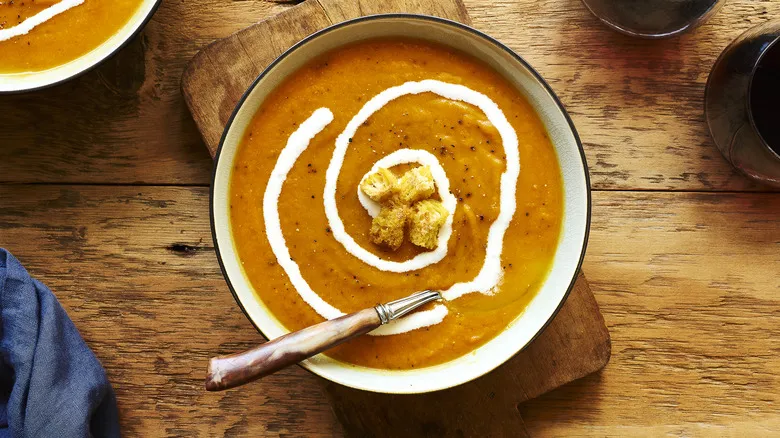Rice vinegar is more acidic than sweet rice wine

Like other types of vinegar, rice wine varieties exhibit a more intense tartness, which is attributed to acetic acid. This flavor develops after rice water is fermented into alcohol and then undergoes an additional fermentation process that produces the organic compound. Rice wine is generally made from starchy glutinous grains that undergo a complex fermentation, resulting in a subtly flavored drink. The taste can vary widely depending on the type, offering notes that range from fruity and floral to spicy and earthy.
Beyond the basic contrast of sour and sweet, both rice wine and vinegar come in a variety of nuanced forms. For example, Chinese black rice vinegar, made from a dark grain, has a malted flavor and is less acidic, serving as a fragrant sweet-sour condiment. In Japan, akasu—the traditional vinegar used for sushi—is red and boasts a rich, savory, and complex taste. Then there's the well-known white rice vinegar, which features a balanced sweet-and-sour profile.
Rice wine is produced in various regional styles, each with unique characteristics. In Japan, the beverage is known as sake, which is fermented using a special koji mold. Its flavor can range from dry to fruity, often leaning towards sweetness with savory undertones. For a sweeter option, Koreans enjoy makgeolli, a milky rice wine with berry notes. In China, rice wines come in many varieties, with the well-known Shaoxing wine being a notable example, known for its deep savory and slightly salty flavor.
The two sauces have different uses

Given their distinct flavor profiles, it’s no wonder that these two sauces are used in different ways. For instance, rice vinegar is perfect for quick pickling, as its mild sweet-sour taste beautifully complements a range of ingredients from cucumbers to onions. Similarly, it works well in Asian-inspired salad dressings. You can think of its flavor as akin to that of apple cider vinegar, which is a great substitute for it. Additionally, rice vinegar is a key component in many sauces, whether for a tangy dip or a handy stir-fry dressing. You’ll definitely want to keep a bottle on hand for various East Asian recipes.
Rice wine, on the other hand, is a delightful drink on its own, making it intriguing to sample straight. There are specific culinary varieties, such as the well-known mirin. This sweet and versatile rice wine is often used in marinades, glazes, and sauces, with teriyaki being one of its most famous applications. It can also elevate your fried rice or add a hint of sweetness to scrambled eggs. Another type you might come across in cooking is Shaoxing wine, commonly used in Chinese cuisine. Whether for blanching, deglazing, or marinating, having a bottle available is essential for numerous culinary tasks. Just keep in mind that while these two sauces may overlap in some dishes, they are not interchangeable, so pay close attention to your recipes to achieve the desired outcome.
Recommended

How To Identify Lab-Grown Chicken When It Finally Hits Grocery Store Shelves

Should You Store Bananas In The Fridge Or At Room Temperature?

Here's Why Your Brussels Sprouts Taste So Bitter

Give Butternut Squash Soup A Brighter Flavor With A Squeeze Of Citrus
Next up

